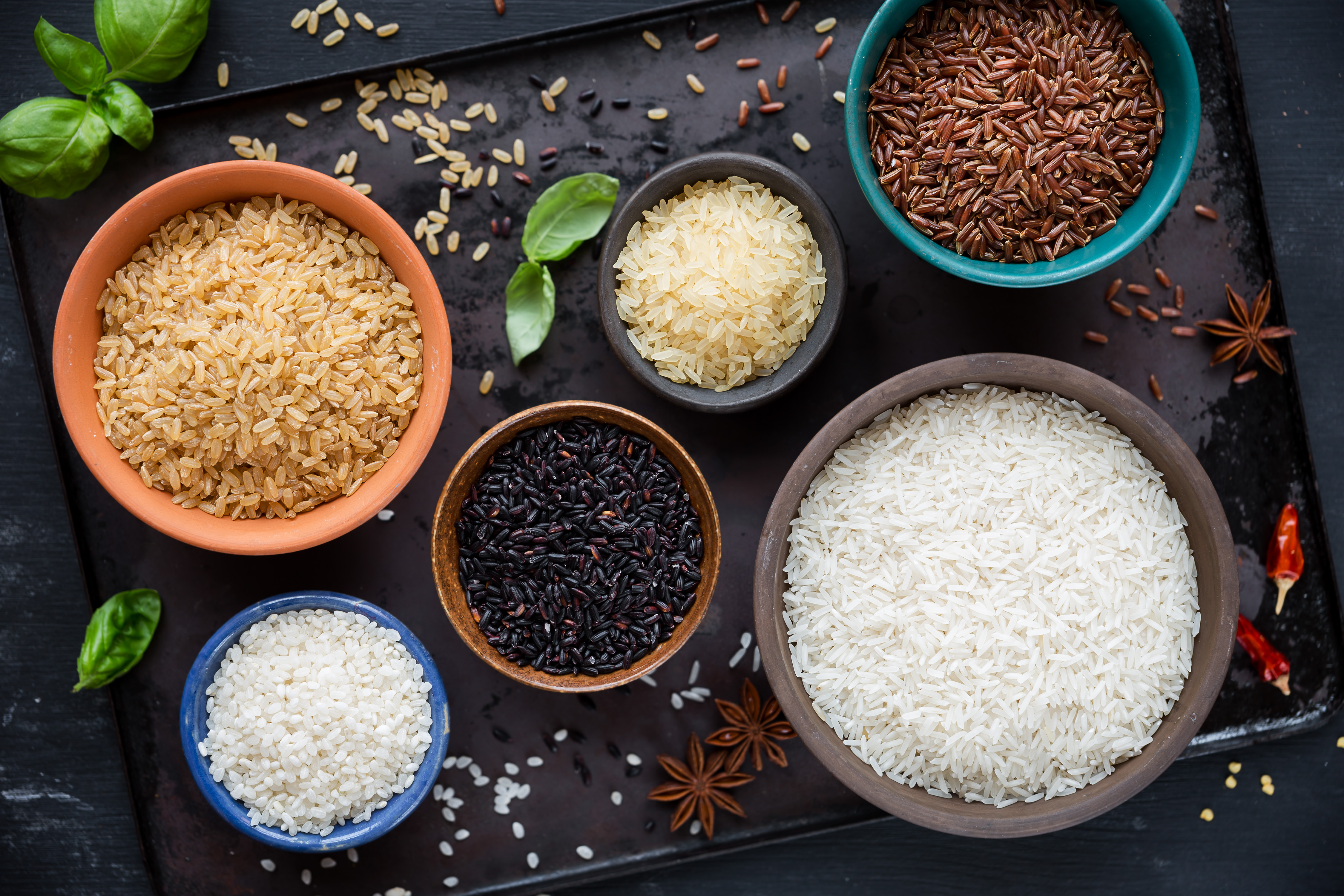
Is rice good for your health?
Origin of rice
Based on evidence from archaeological digs, the history of rice began as long as 12,000 years ago. But historians and botanists have long debated the region where its seeds were first discovered. Scientists who focus their research around East or Southeast Asia have long held a belief that rice cultivation began in the Yangtze River Valley region of China. However, archaeologists working in India claim they have evidence suggesting the rice cultivation first started off the coast of the Ganges River.
Europe, on the other hand, can only enjoy the taste of rice since the 5th century AD. At that time it became one of the main ingredients of Italian, Greek and French cuisine. Nowadays, it has spread all over the world and forms the basis of the diet of more than half of the world's population. It is also responsible for about 20% of the total calorie intake in the world. According to confirmed scientific reports, there are 21 varieties within three distinct species, which are grown on all continents except Antarctica. However, China and India remain the leaders in the amount harvested. Southeast Asian countries such as Vietnam and Bangladesh take their place in the world rice cultivation industry only after them.
What are the types of rice?
Rice may be divided into three categories depending on the length of the grain - long-grain, medium-grain, and short-grain. Each category indicates the consistency of cooked rice and, consequently, how it is prepared and used in cooking. Since the length is most often indicated on the package, it is enough to remember what each type is used for and how to prepare it.
Long grain rice
Long grain rice is over 6 mm long and can triple in volume when cooked. One of the most highly prized long-grain rice is the intensely aromatic basmati. Its grains are slender and gently curved and are traditionally grown in the foothills of the Himalayas. A little further afield, in South East Asia, another type of long-grain rice is popular - jasmine rice. In America, plantations of Carolina Gold are most common.
Different types of long-grain rice differ in texture and flavor. For example, jasmine rice is gummier than basmati and has a more grassy smell. Regardless of the specific type, long-grain rice is always relatively low in starch. This means that when rinsed and cooked, it should be light and dry. This makes it the best choice for soups and salads, but it will also work well in any dish where the goal is to have individual grains that won't form a clump or won’t stick to your dishes.
Medium grain rice
Medium grain rice is shorter and moister than long grain rice. It is also higher in starch. It is fluffy when cooked and tends to clump when cooled. Medium grain Japanese rice is often used as an addition to Chinese dishes with vegetable or curry sauce. On the other hand, medium-grain Italian rice, such as arborio and carnaroli, is most often used for dishes such as risotto and paella. When cooked over low heat, it slowly releases the starch, creating a creamy, juicy dish that doesn't leave a sticky coating on your lips.
Short grain rice
The round and whole starchy grains of short-grain rice combine into sticky lumps when cooked. This is possible because they are high in starch, which makes them more sticky when cooked. Koshihikari is currently one of the most popular types of rice which is easy to eat with chopsticks. This is because it does not need to be picked up grain by grain but in larger, sticky pieces. Moreover, it is the main ingredient of sushi. This variety of rice wrapped in nori will make a great base for all kinds of hosomaki, nigiri or maki. Sweet varieties of rice, such as glutinous, also belong to this group. It is very often used in desserts and dishes with a slightly sweet aftertaste.
Different colored varieties of rice - white, brown, black and red

People commonly believe that white rice causes weight gain because it is high in carbohydrates. What is usually not mentioned is that the white rice variety is carefully processed and polished, which gives it a shiny white color. As a result, it is highly refined rice and does not offer much nutritional value. Nevertheless, people with digestive disorders or irritable bowel are recommended to eat this variety as it is low in fiber and can be digested easily. Moreover, it works well in many dishes, as an addition to soups, salads and main courses.
On the other hand, in the stores you can also get whole grain varieties of rice - brown, red and black rice - which are much healthier compared to their white counterpart. They contain an impressive set of nutrients and plant compounds that fight various diseases. At the same time, the bran supplement provides the body with substances such as fiber, protein, antioxidants and some vitamins and minerals. Choosing red rice, brown rice, or black rice can be beneficial to your health and reduce your risk of type 2 diabetes, obesity, and heart disease.





